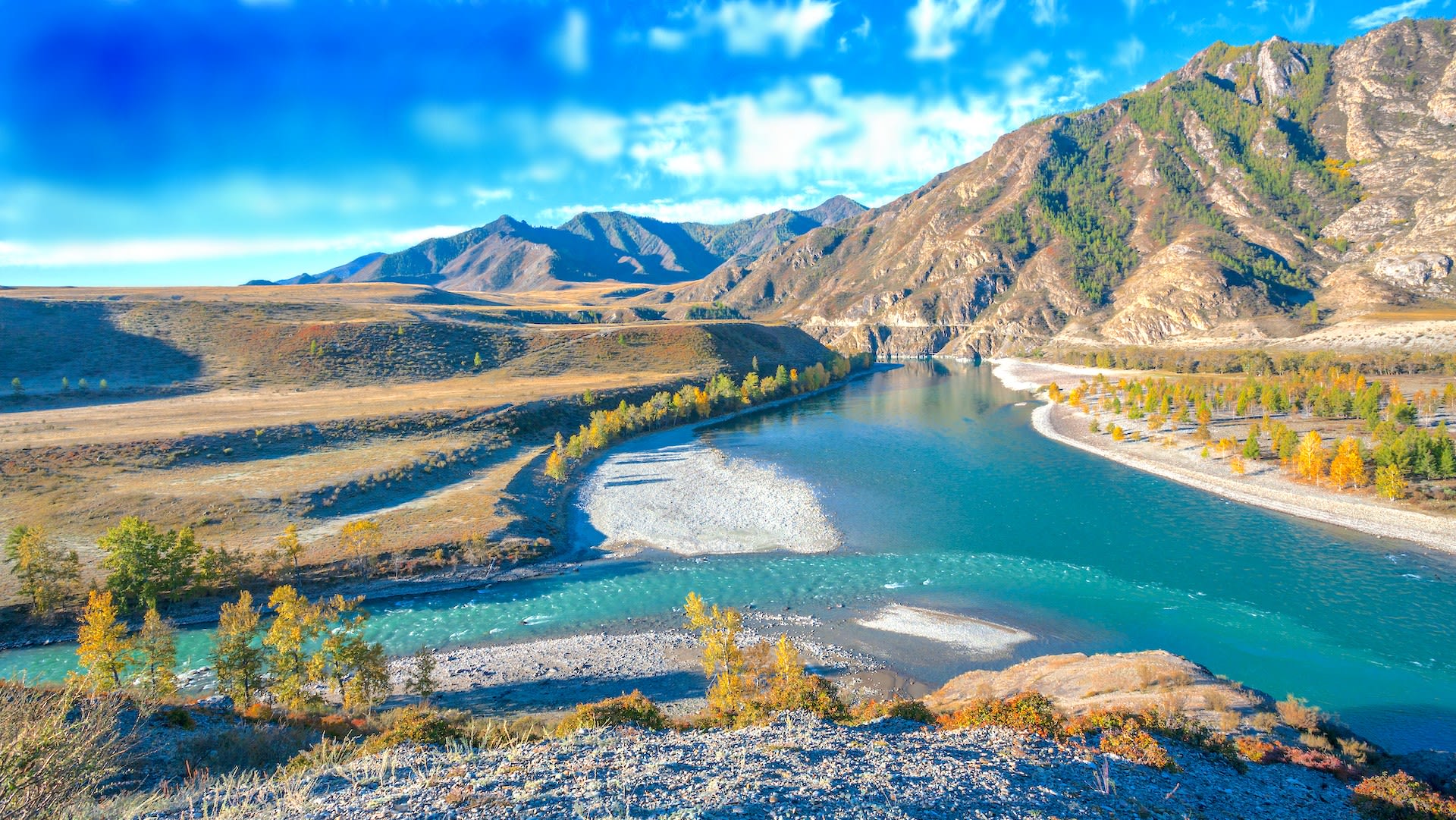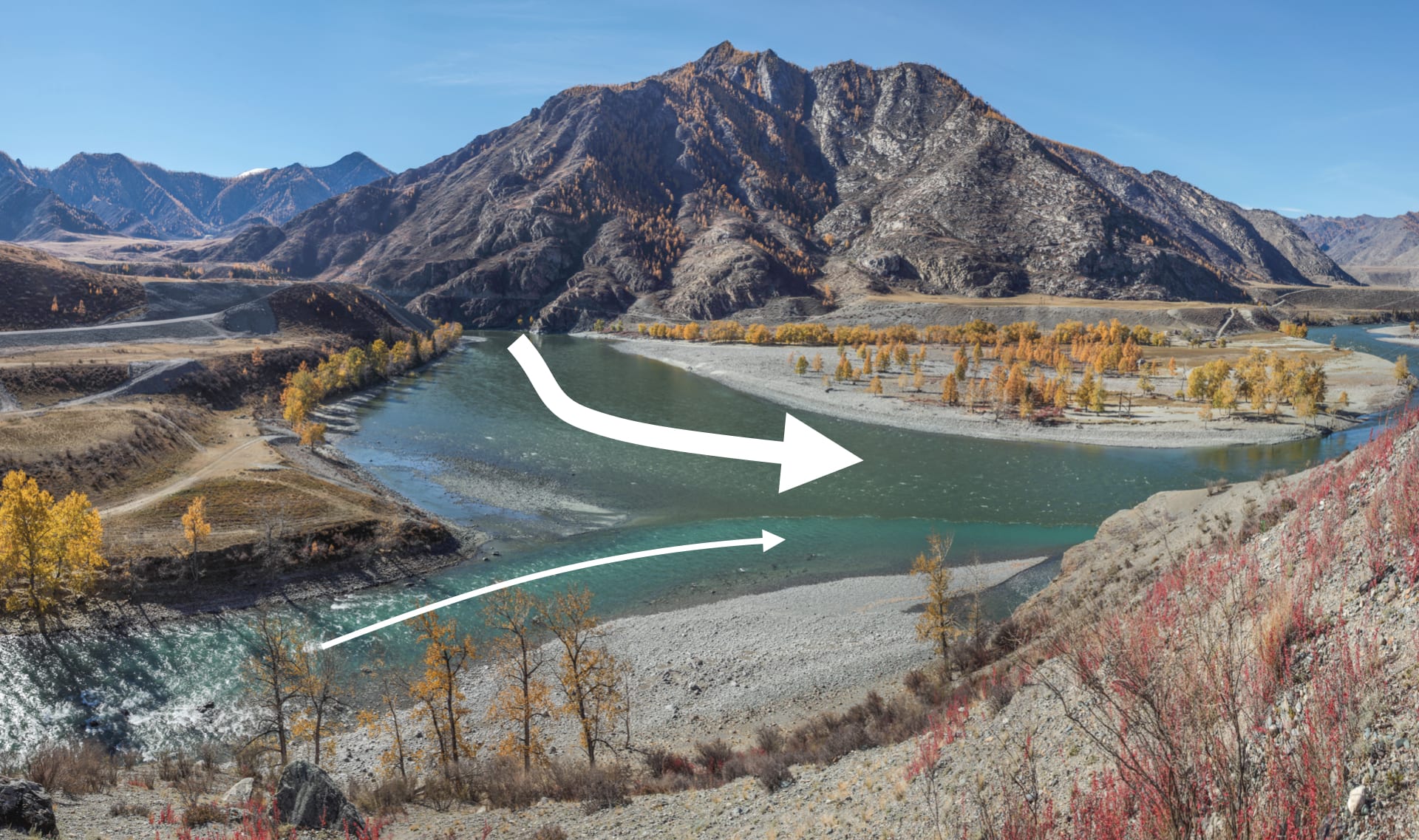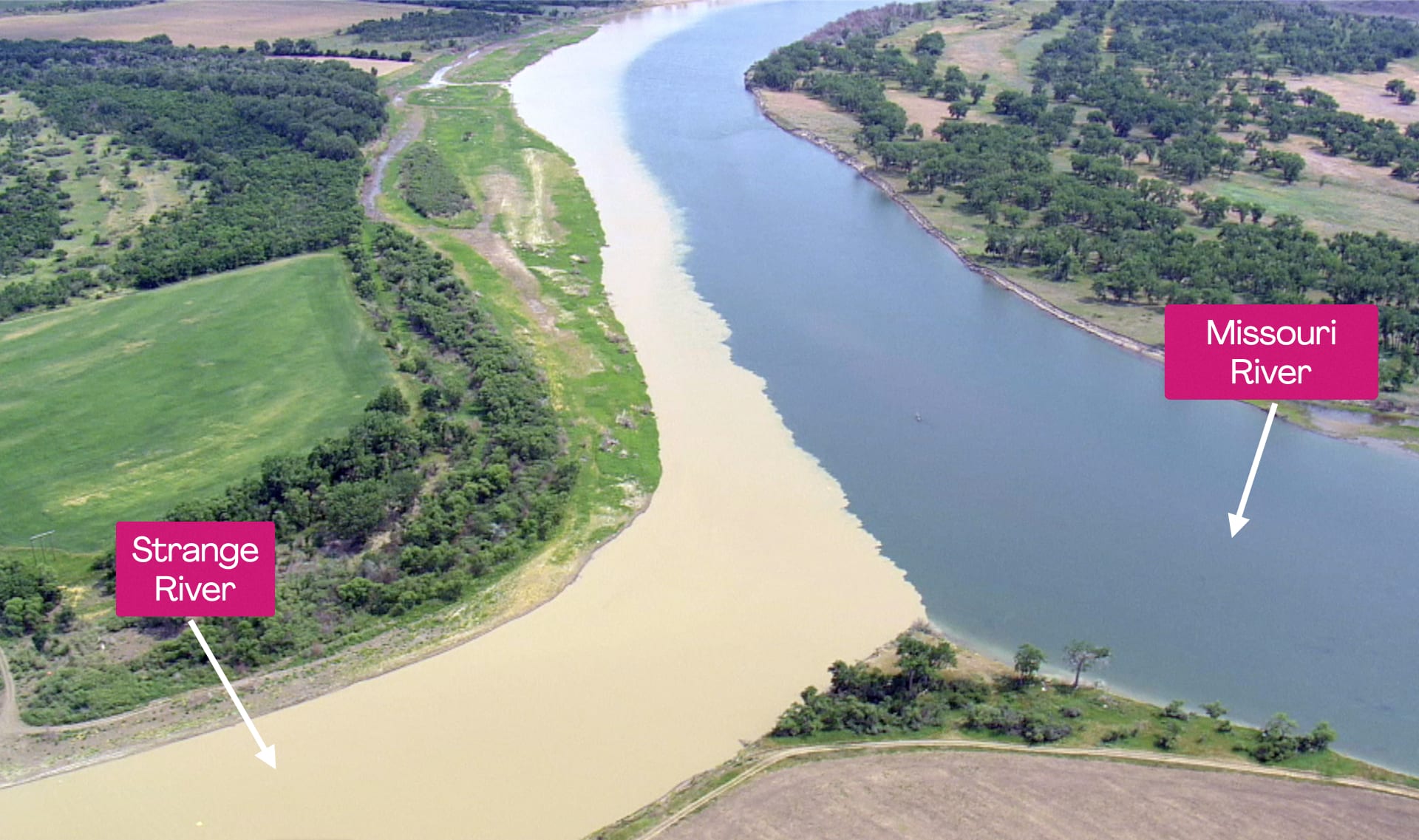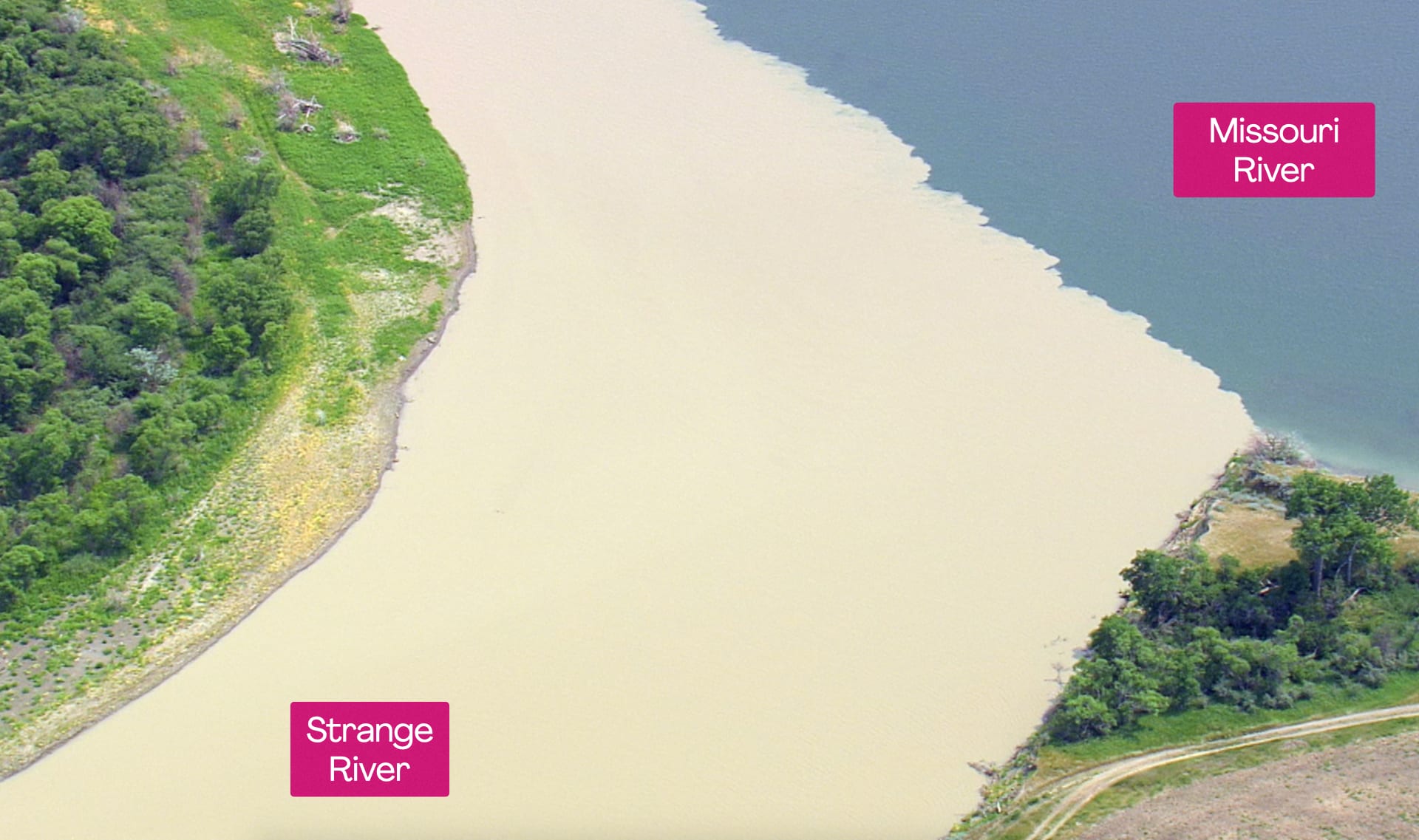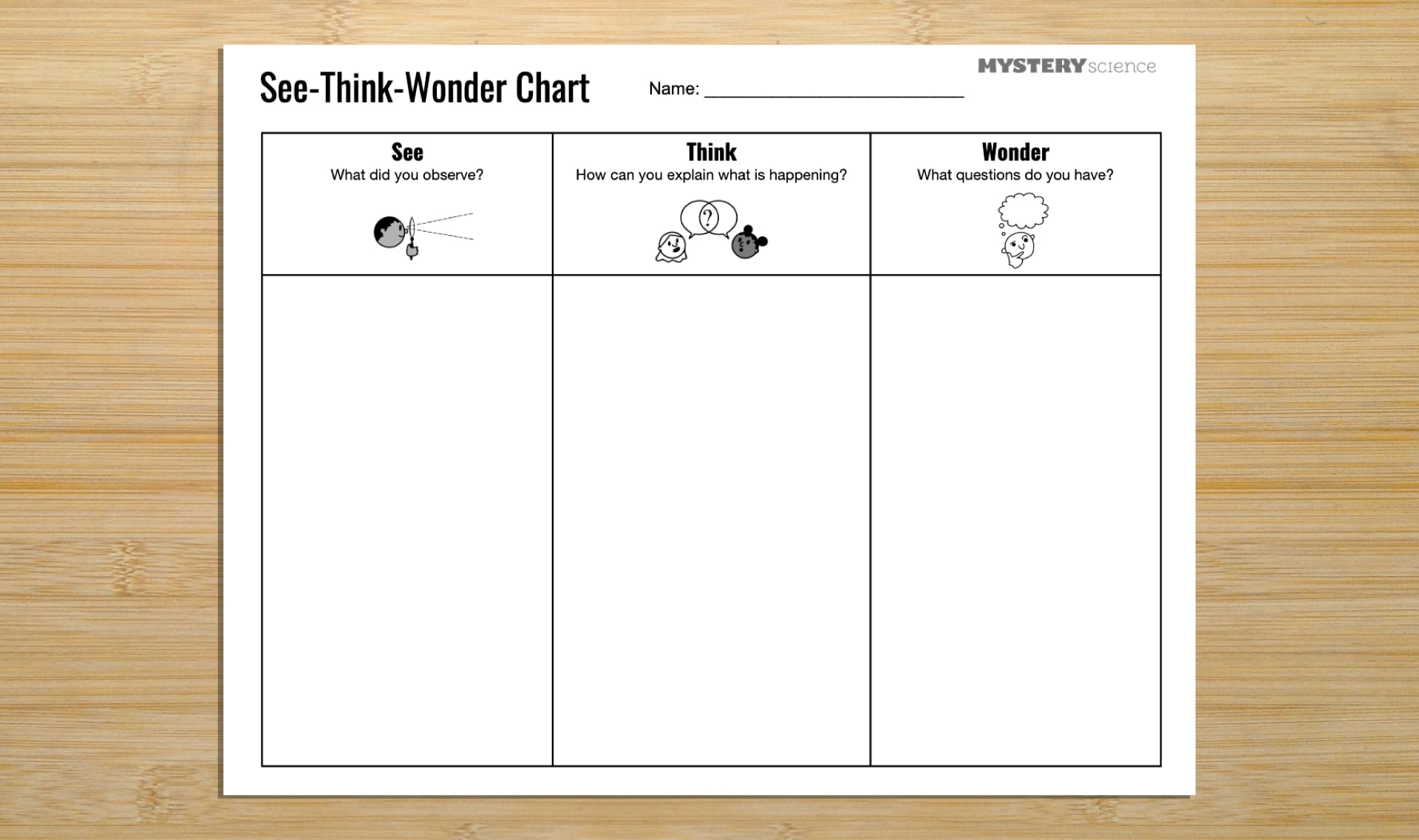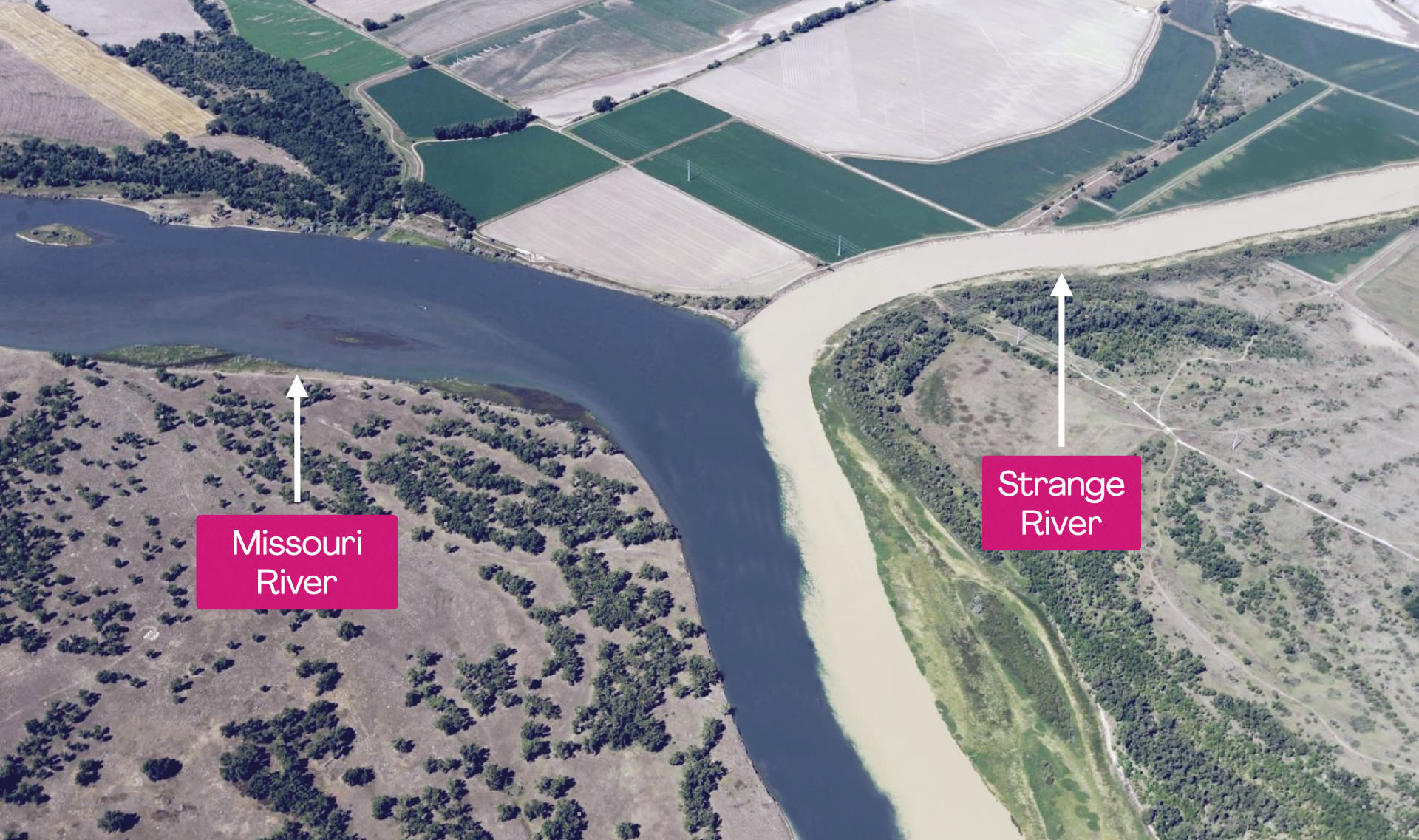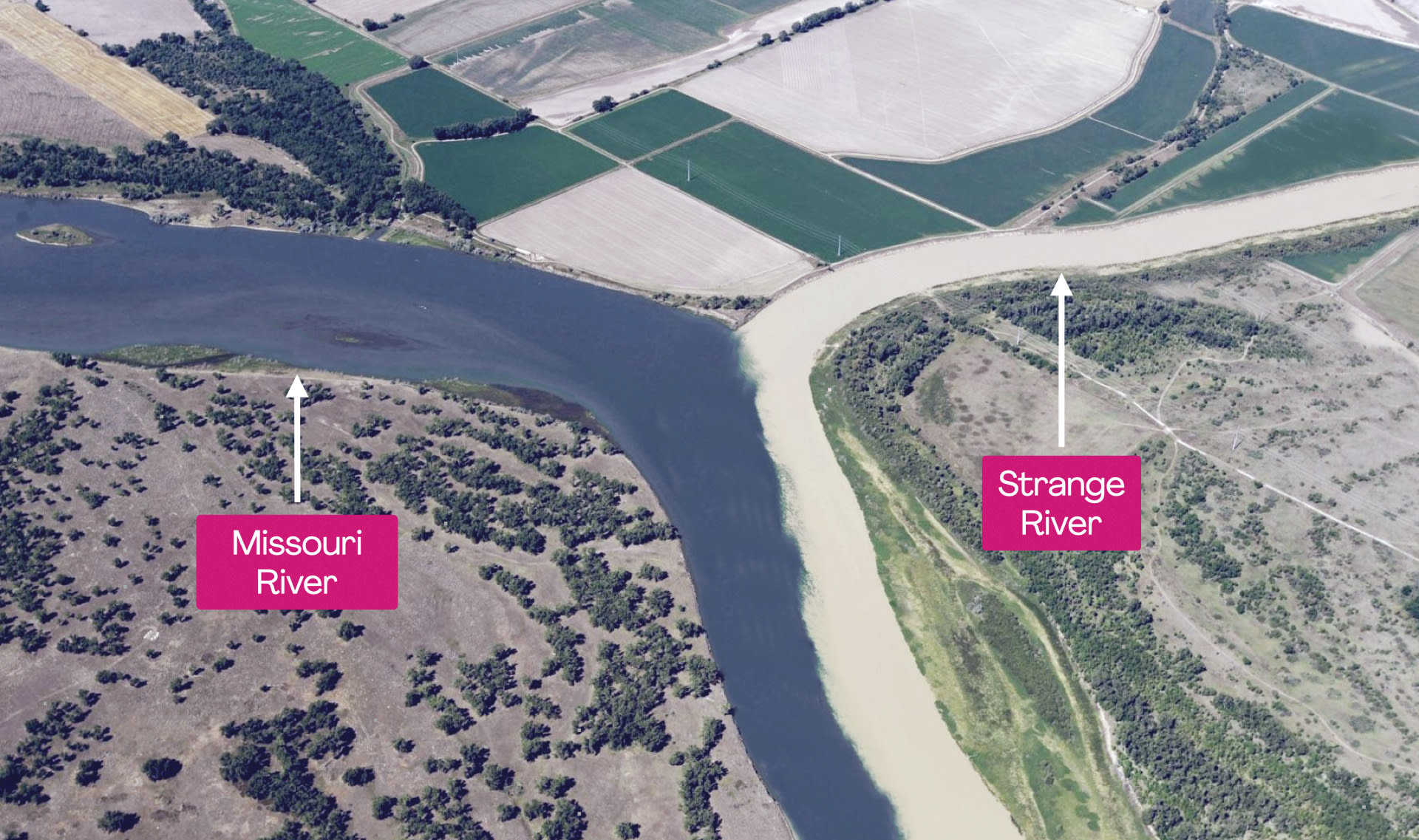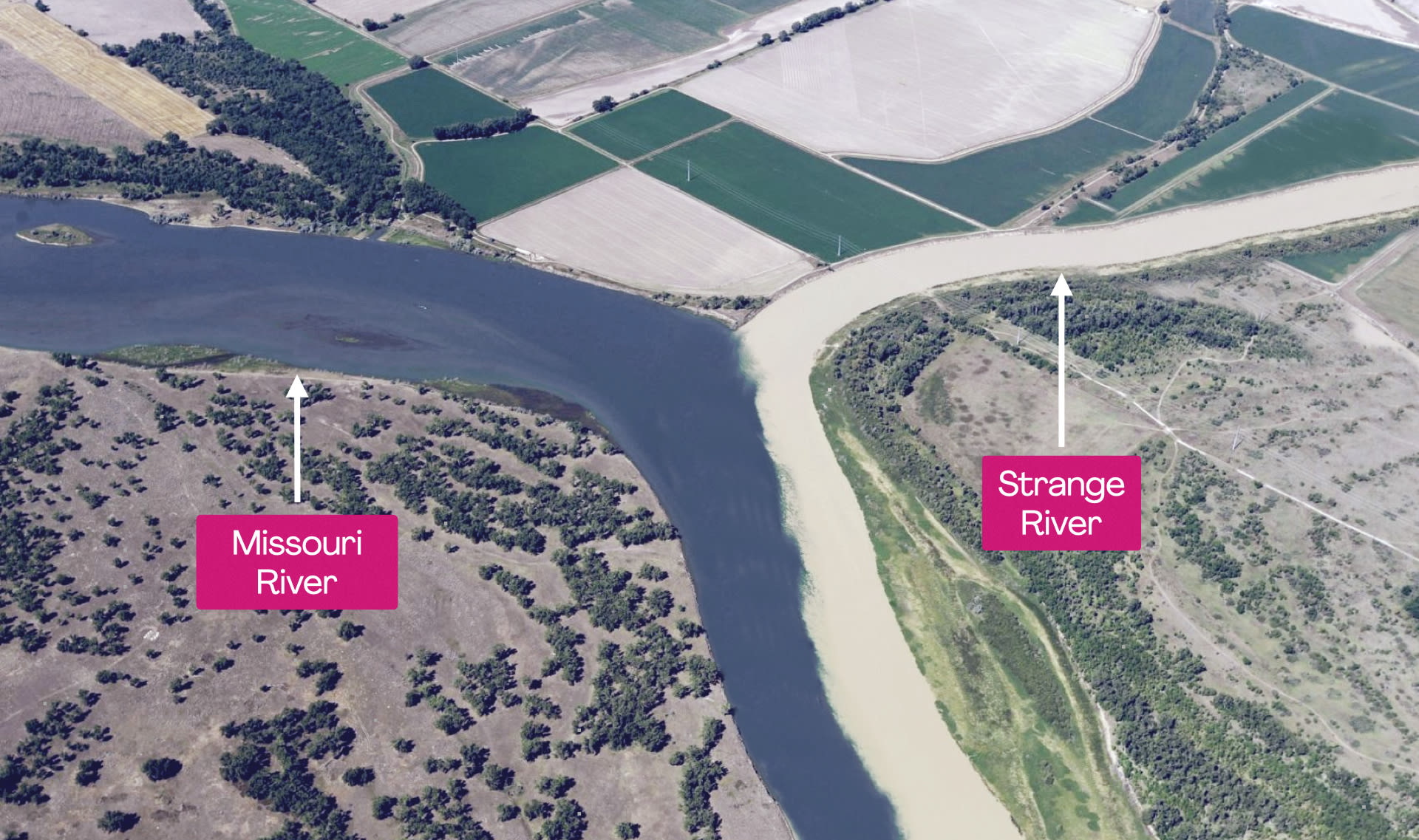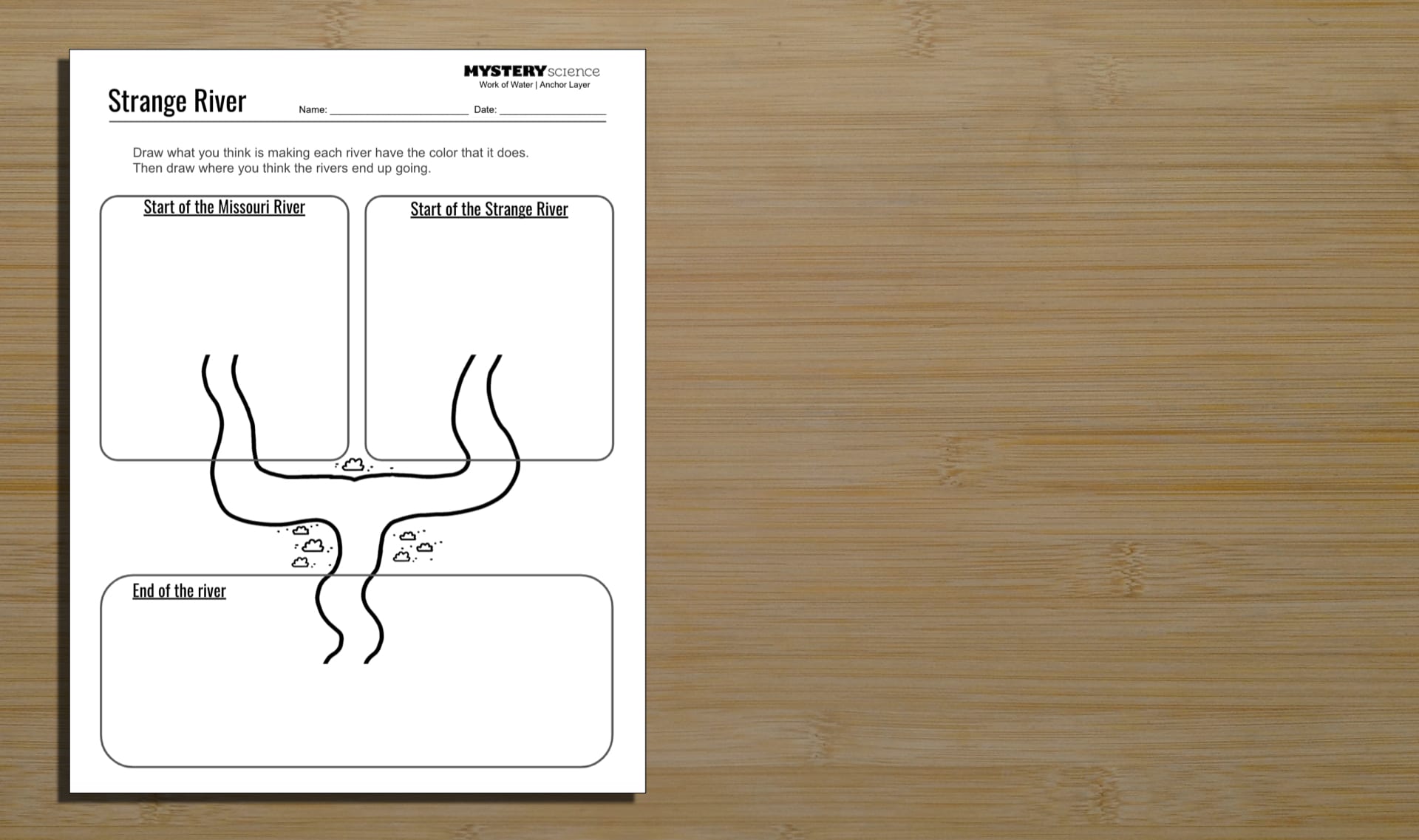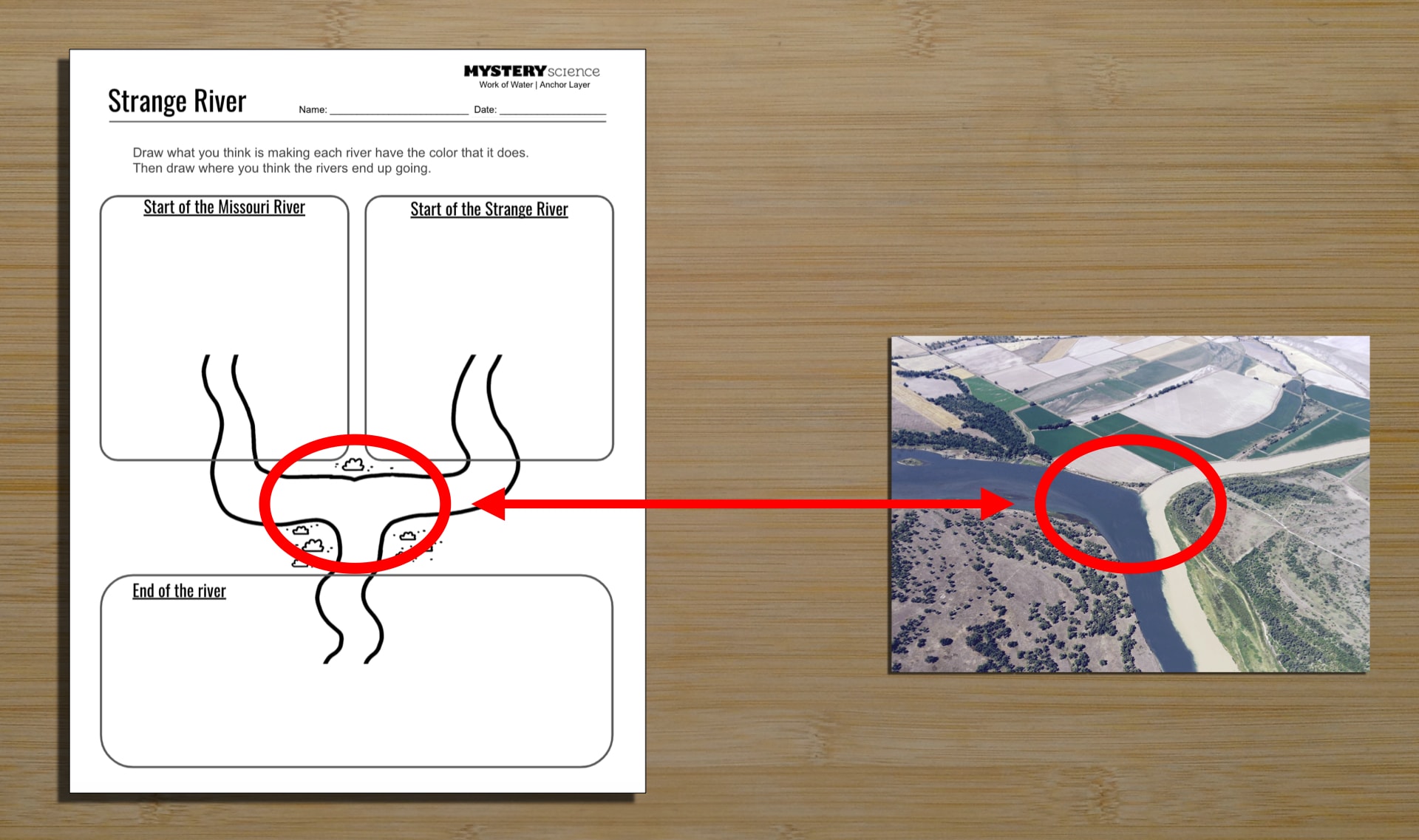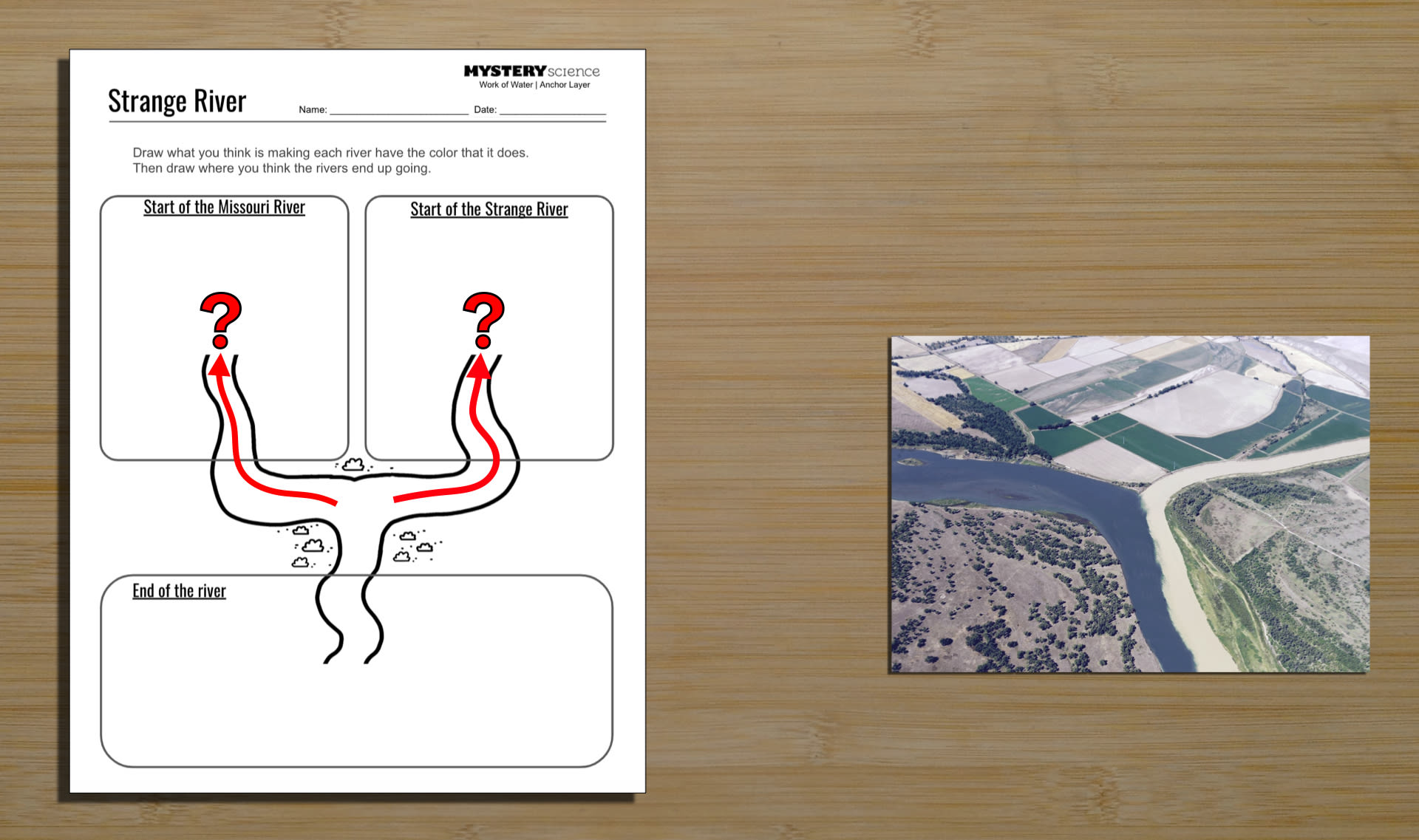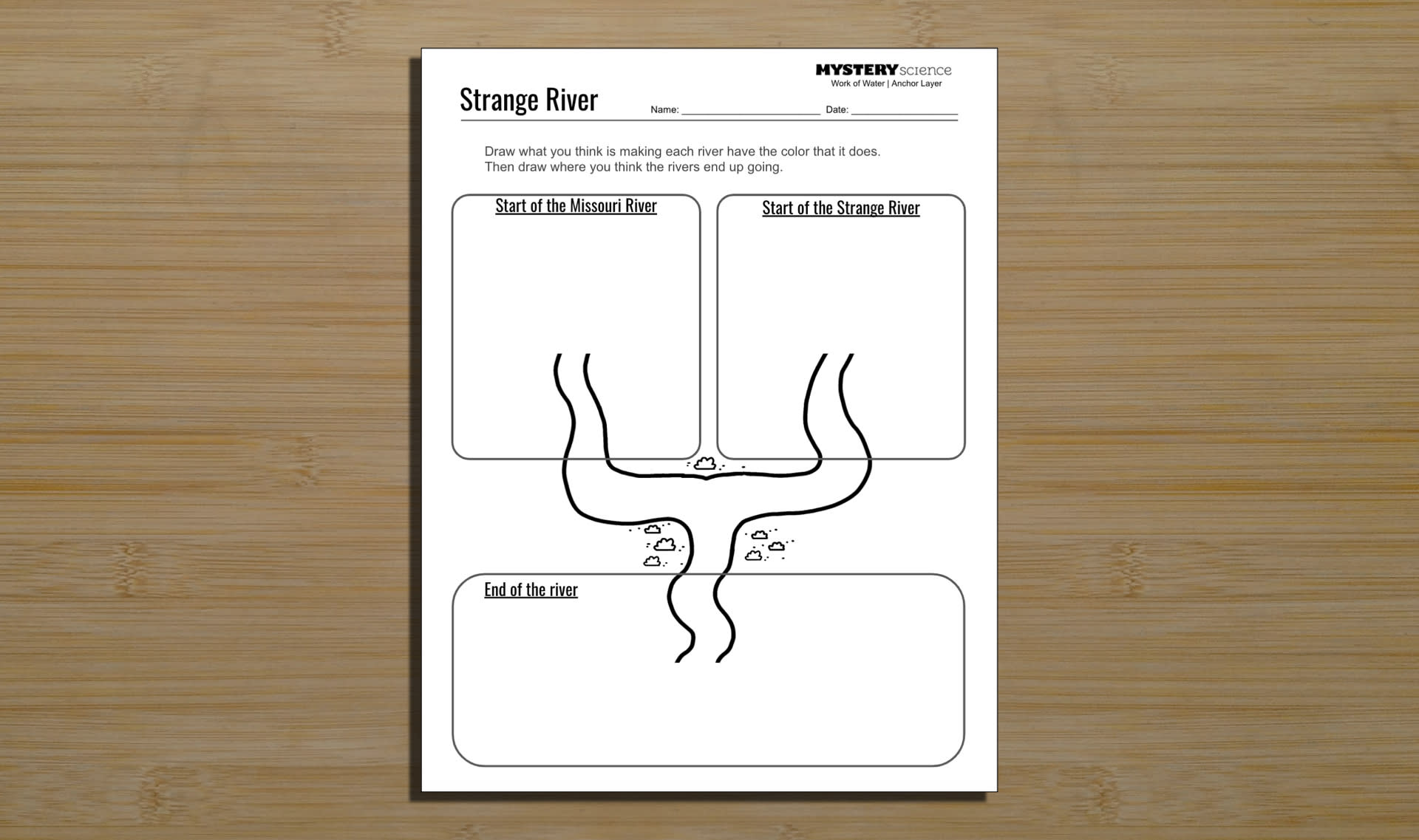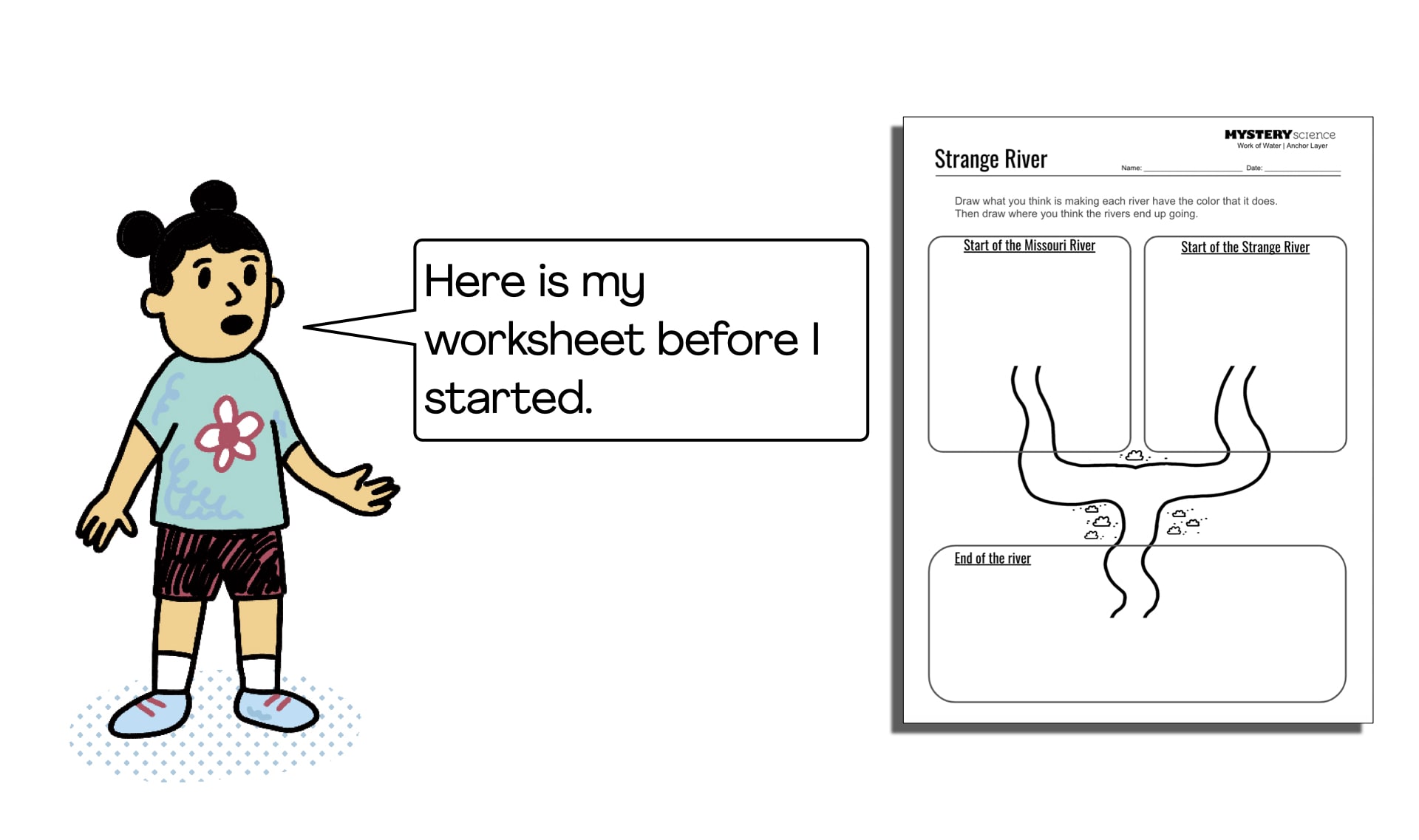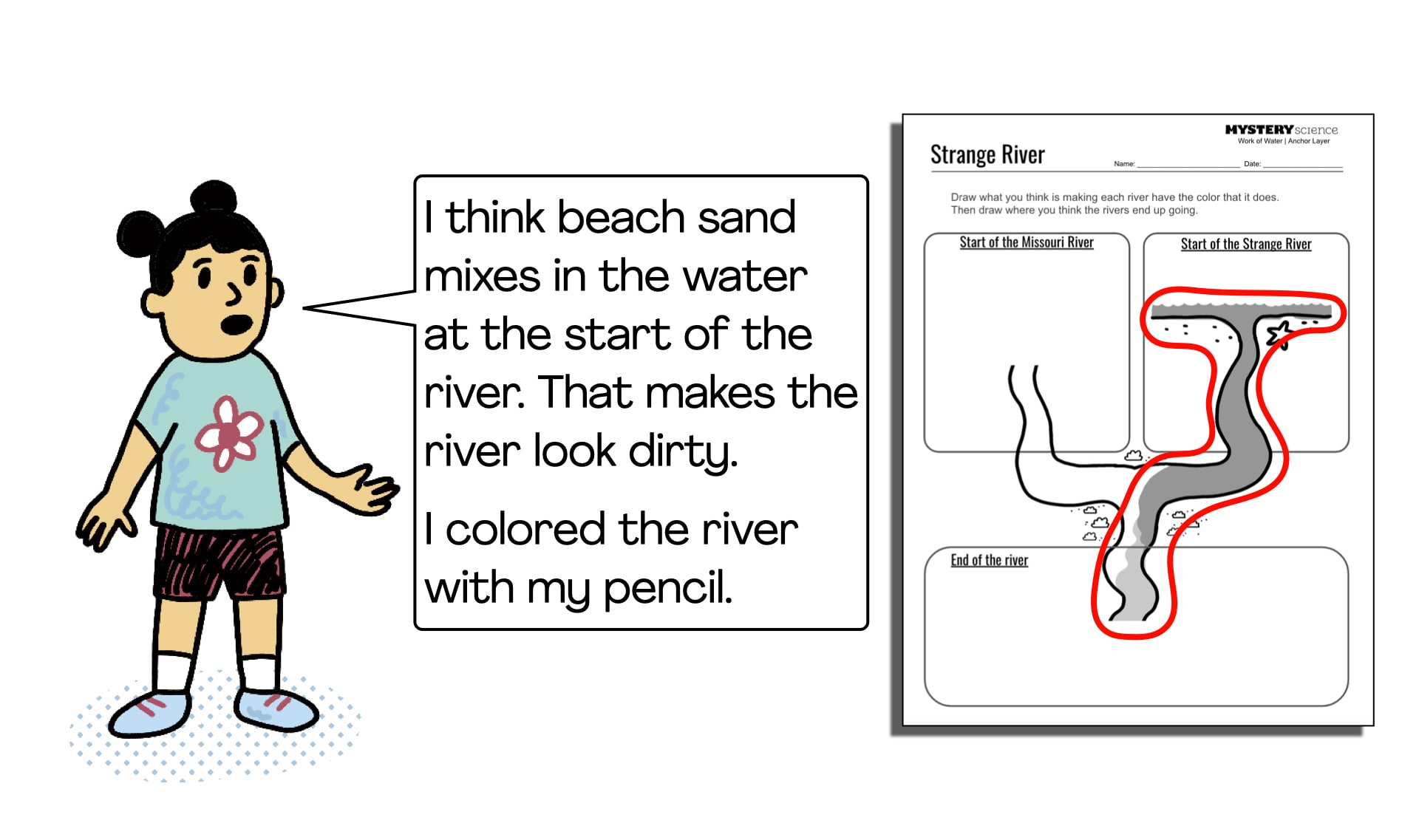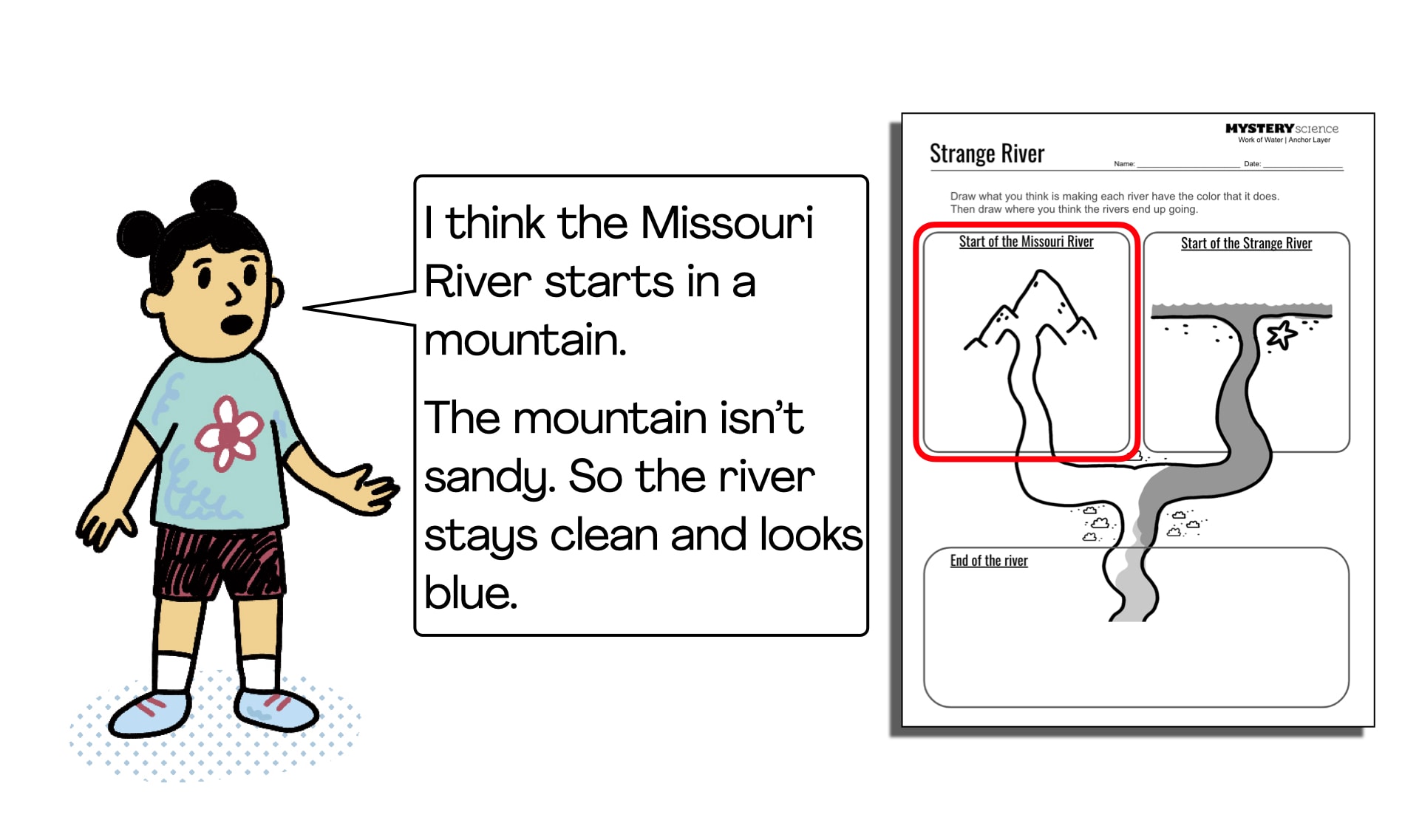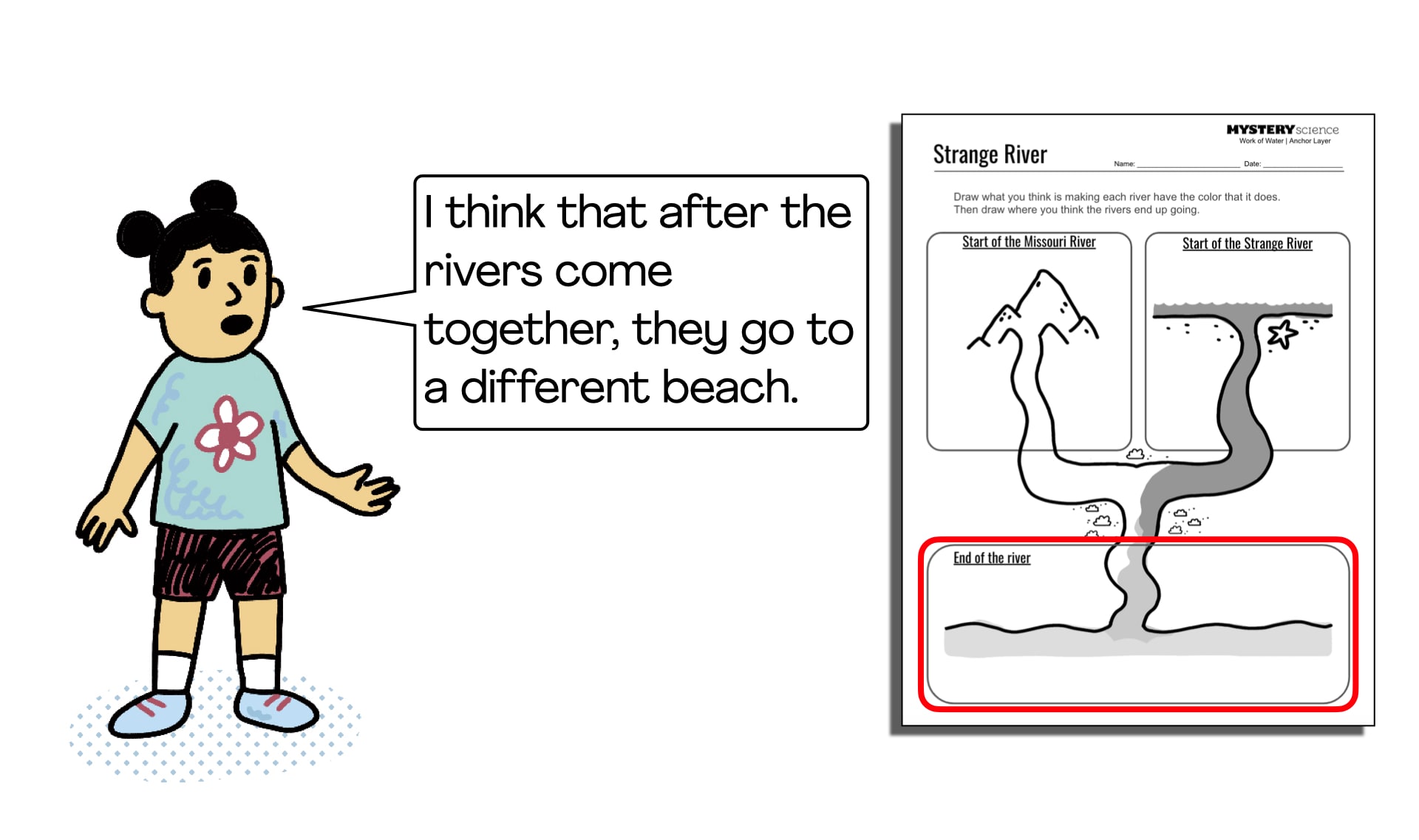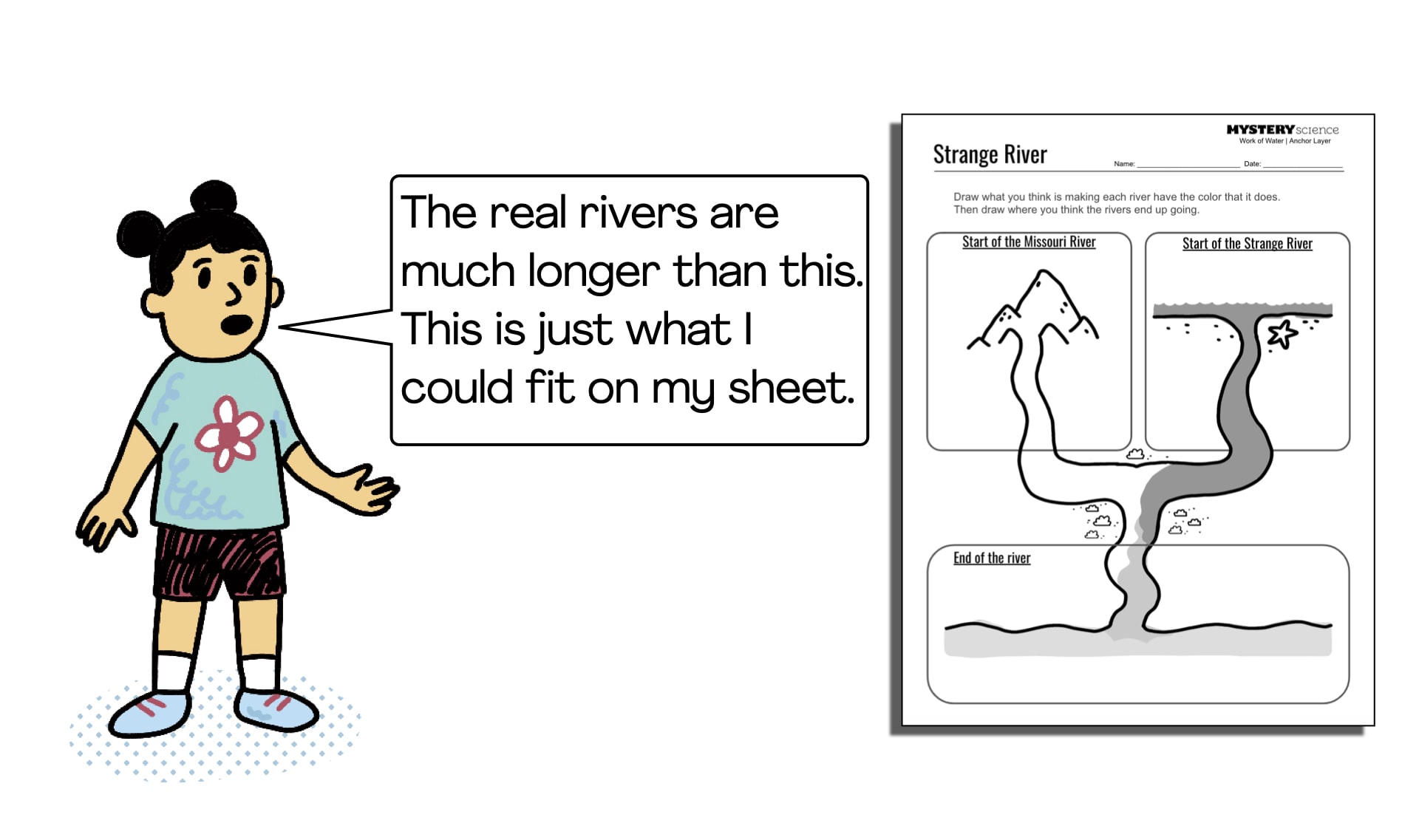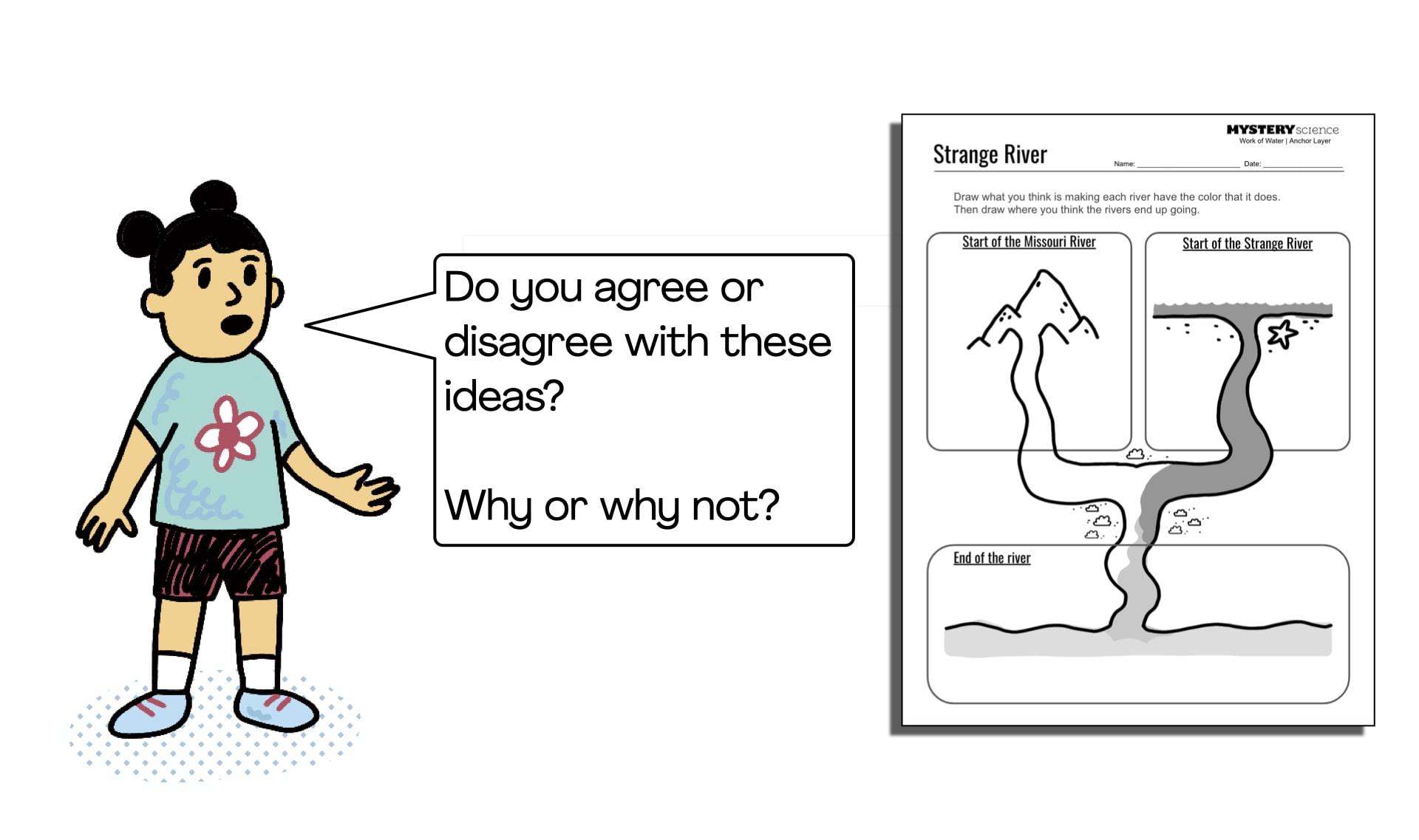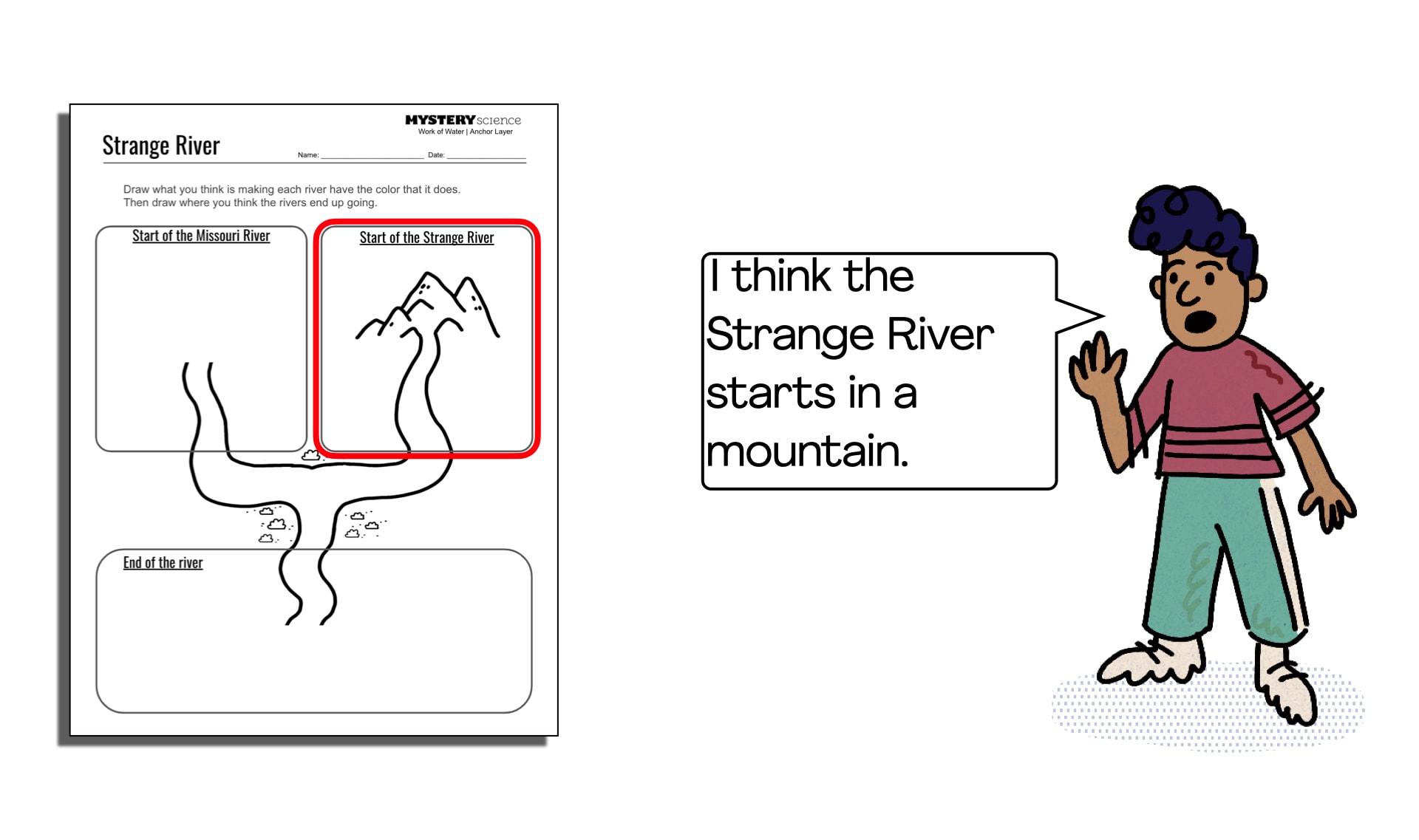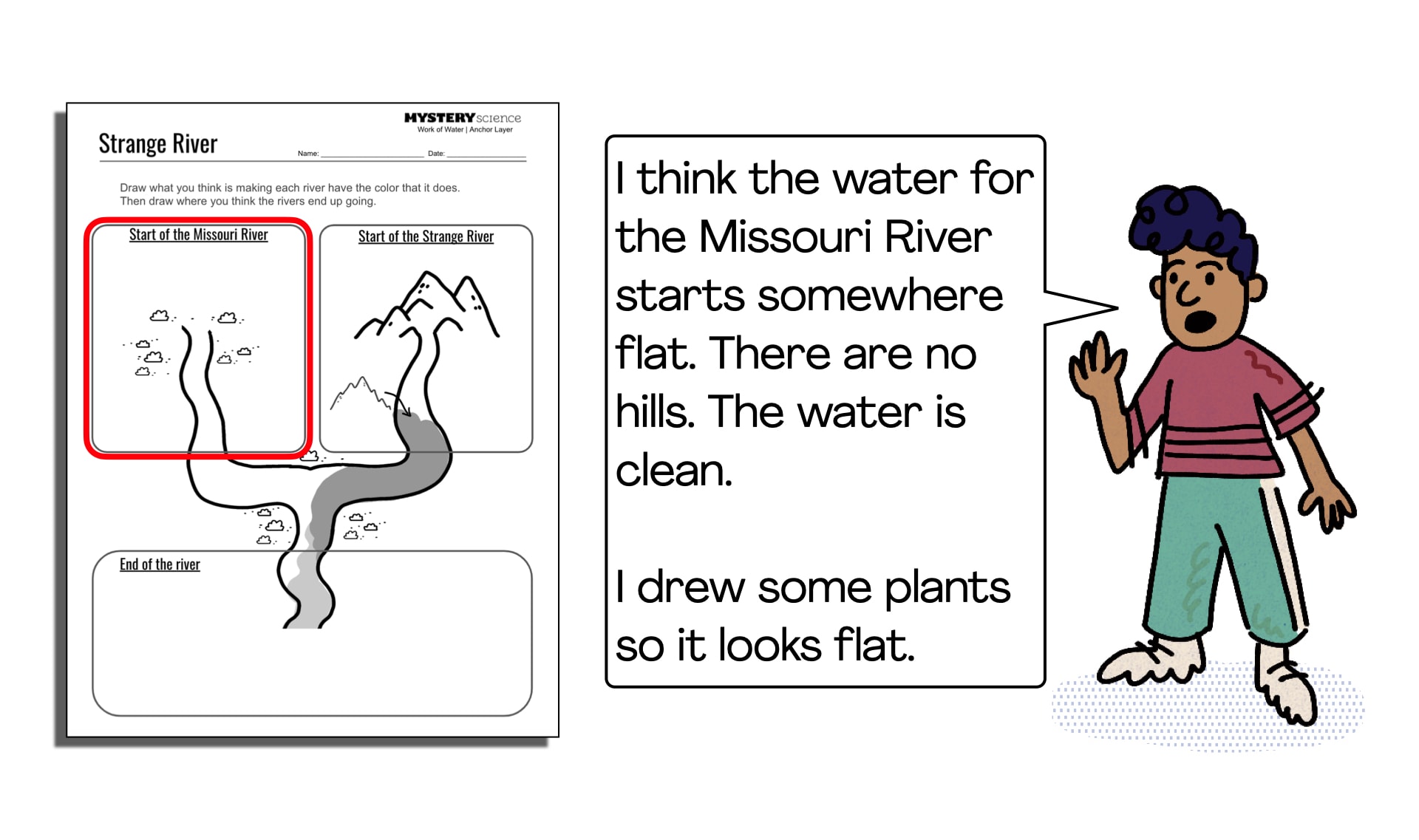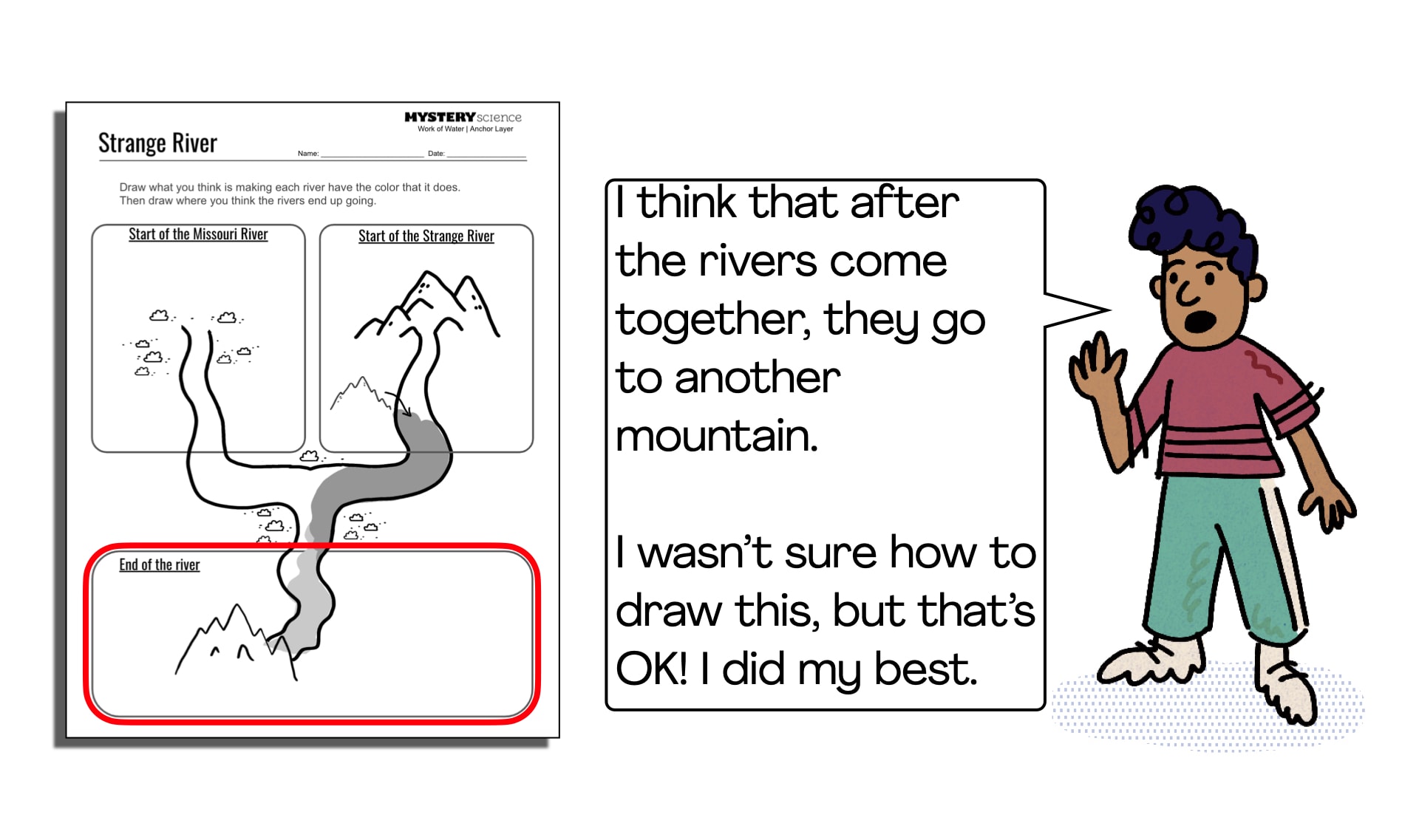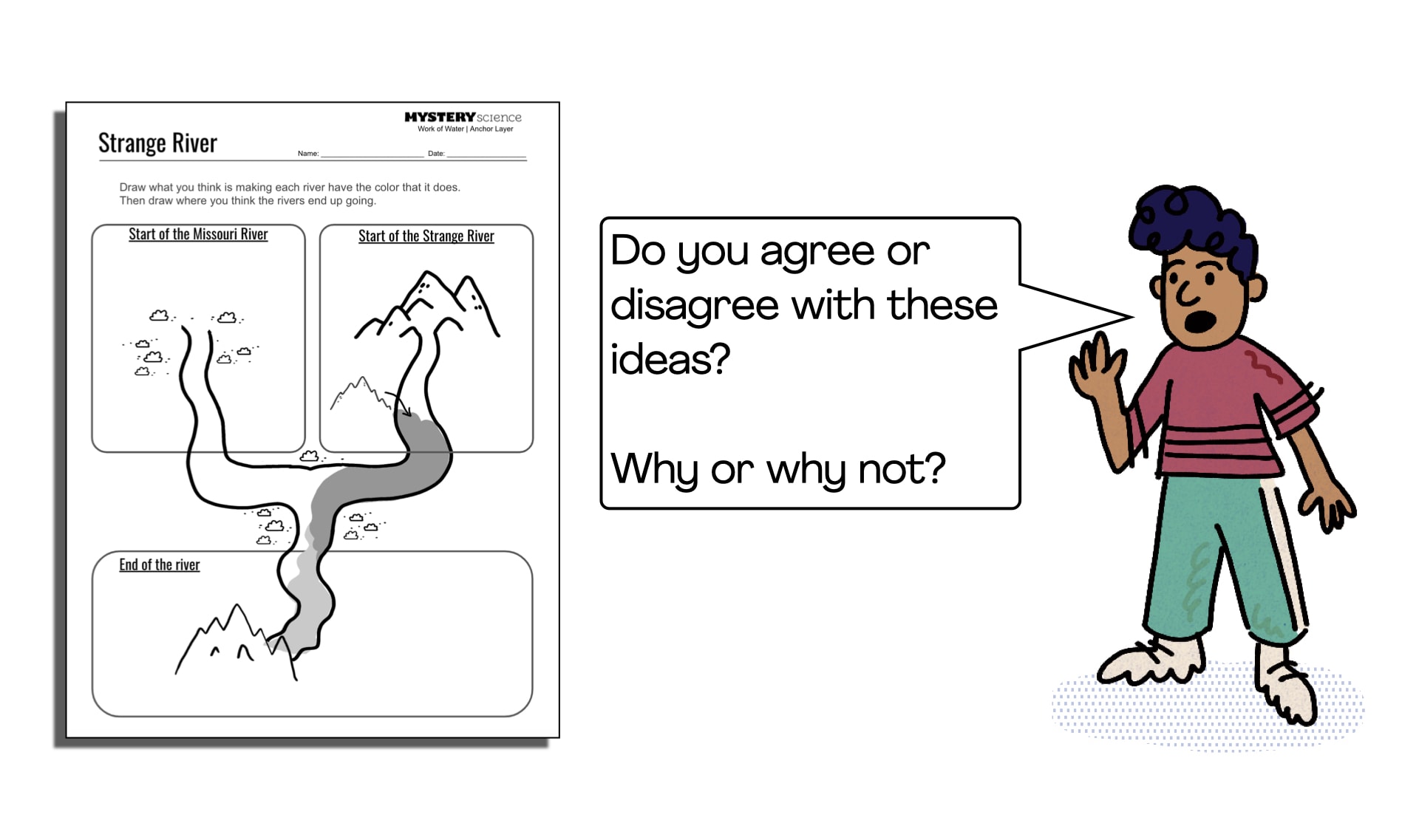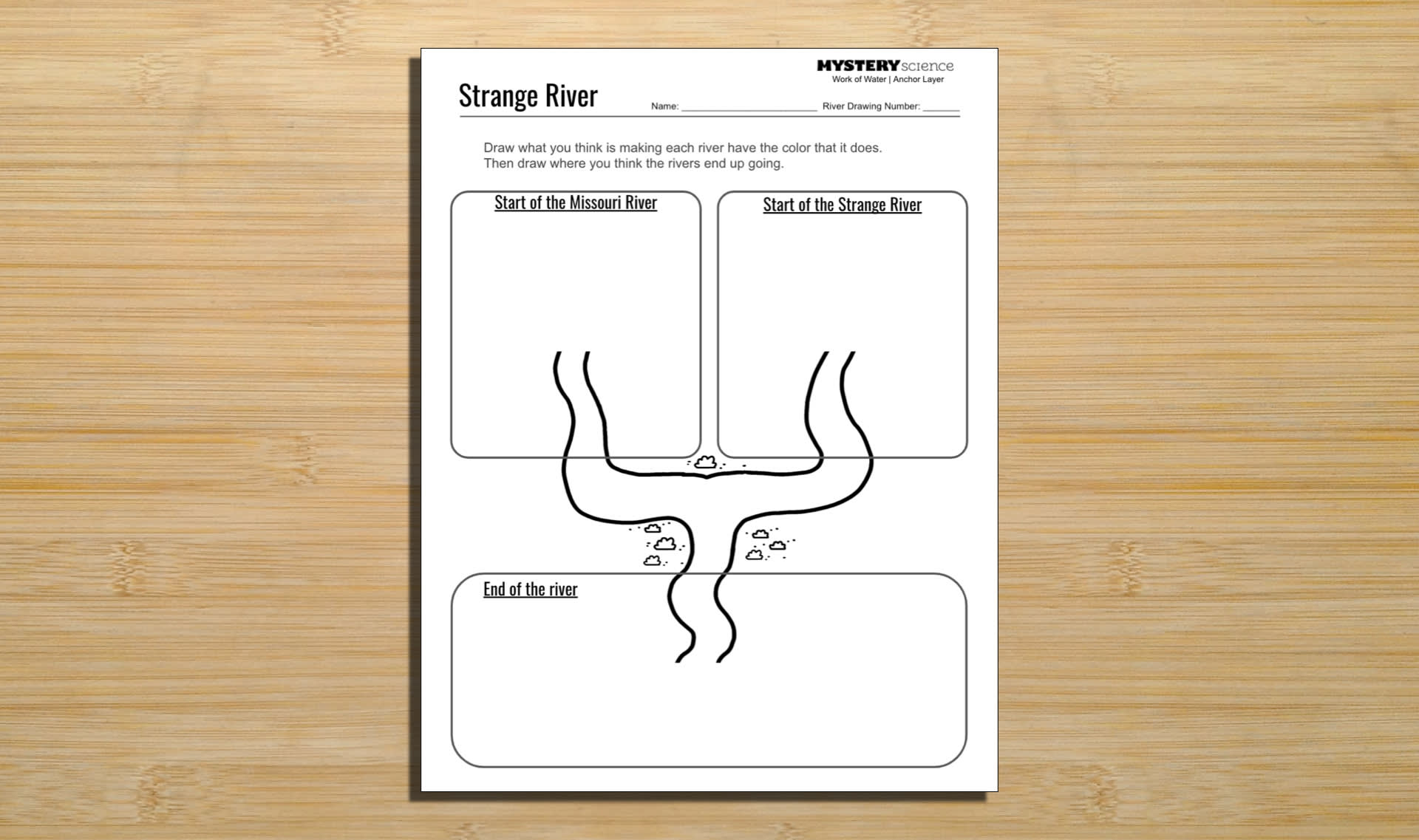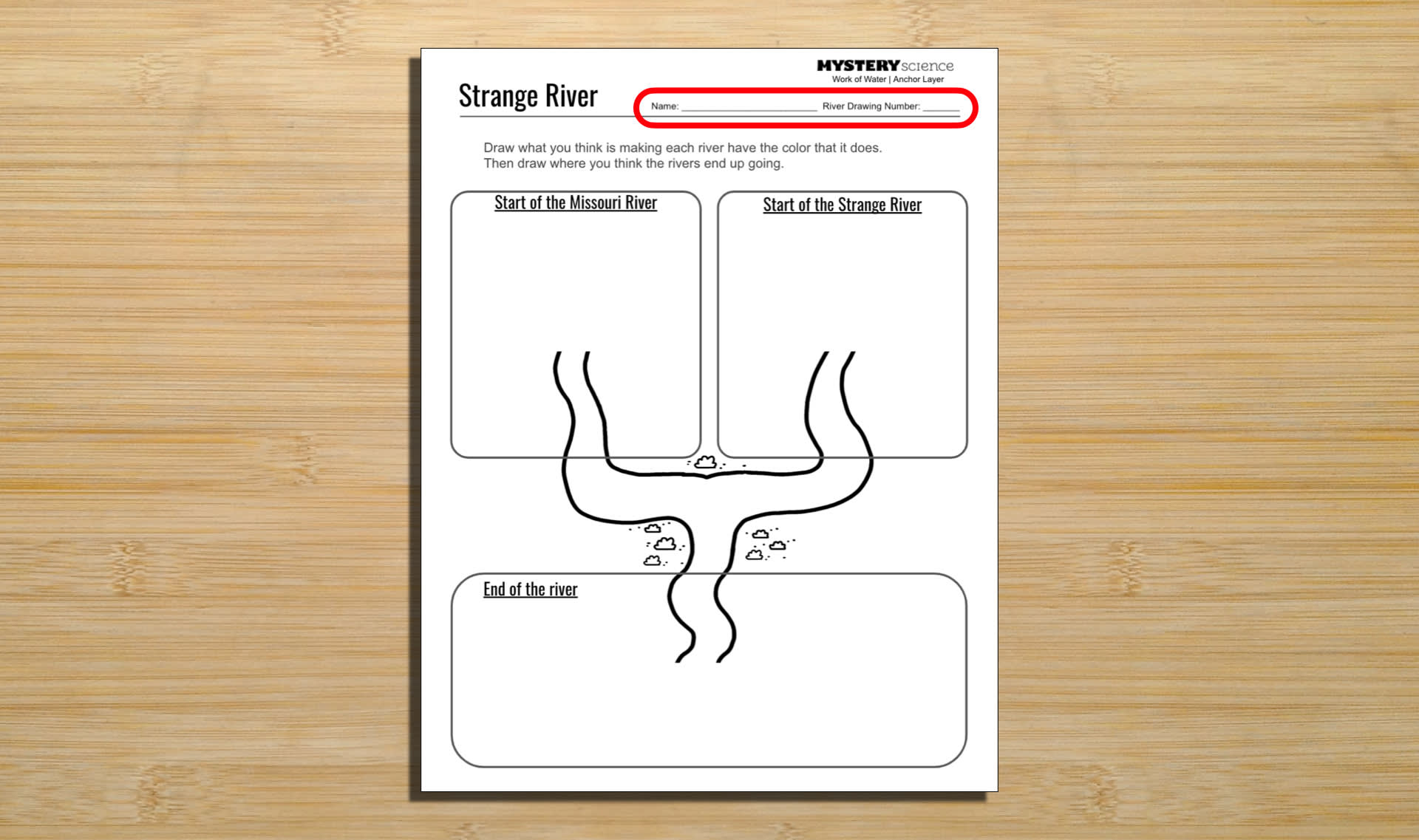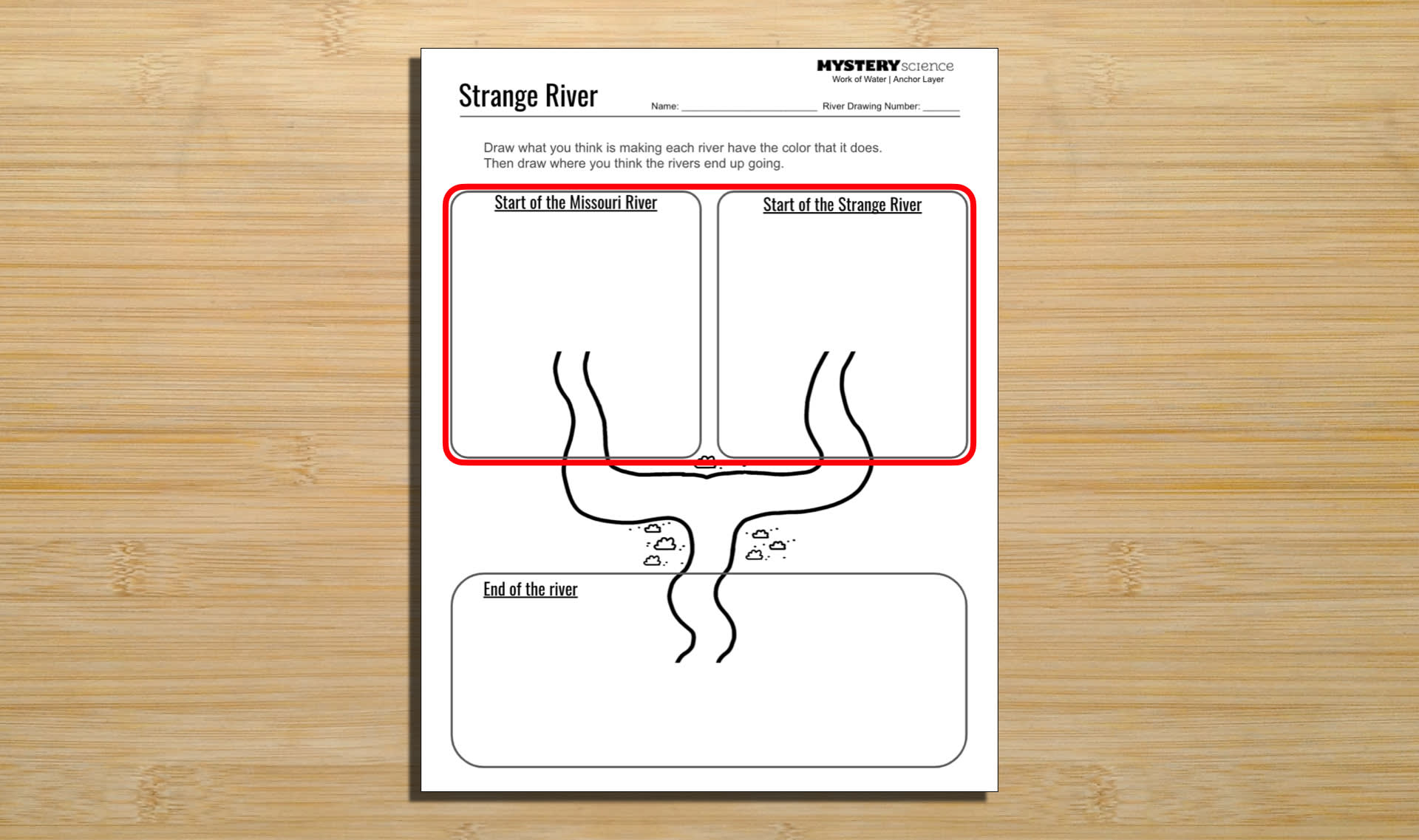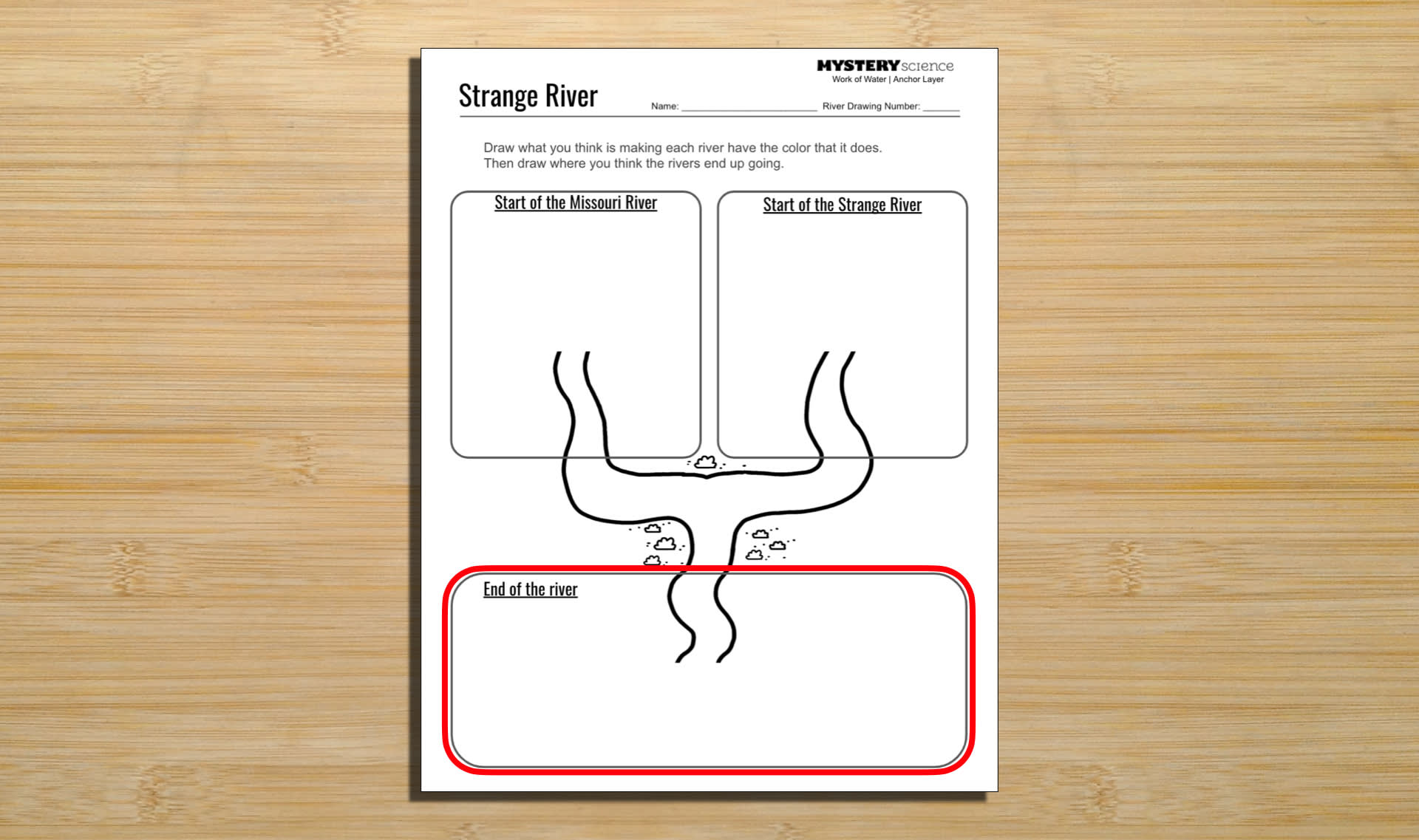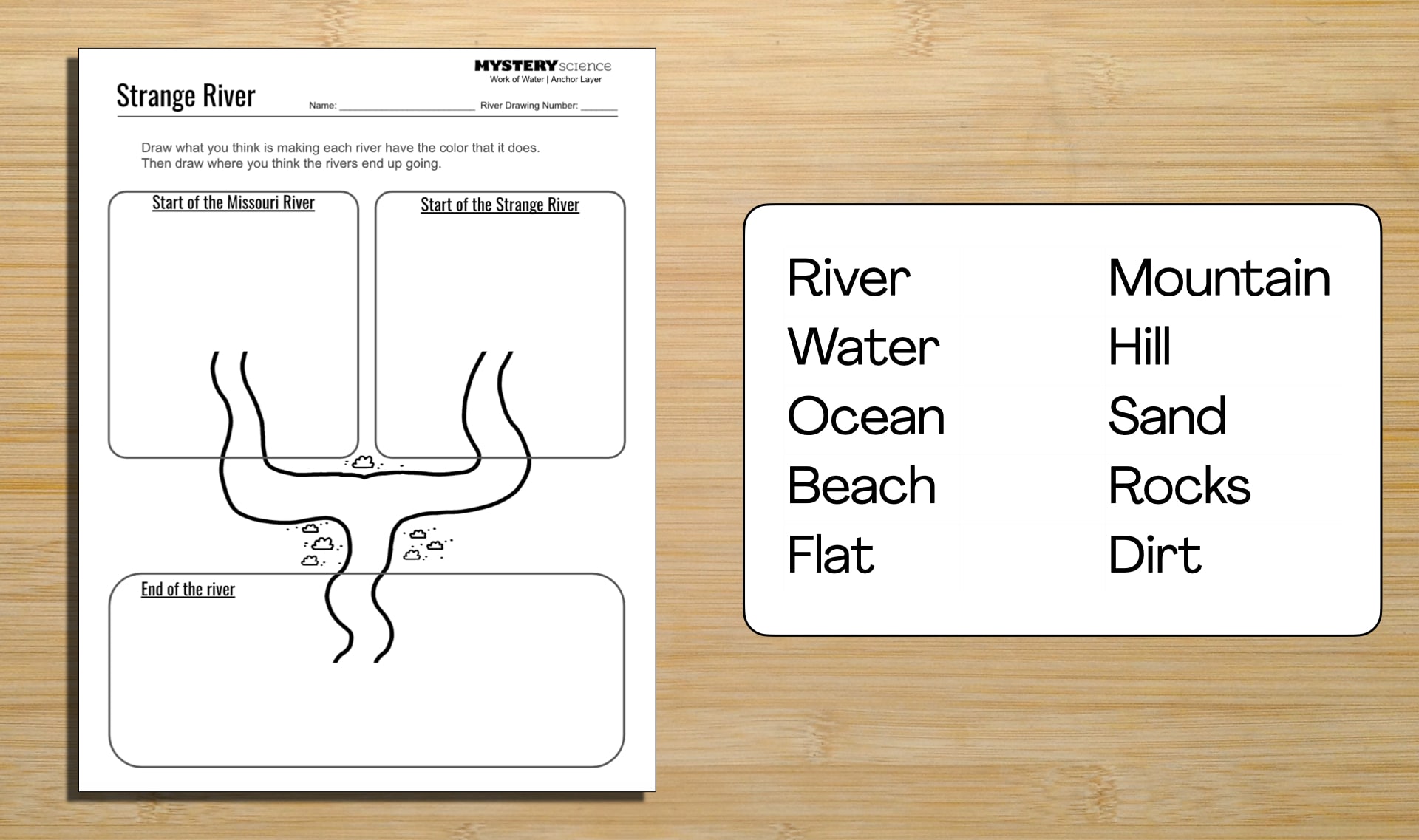Image & Video Credits
Mystery Science respects the intellectual property rights of the owners of visual assets.
We make every effort to use images and videos under appropriate licenses from the owner or by
reaching out to the owner to get explicit permission. If you are the owner of a visual and
believe we are using it without permission, please
contact us—we will reply promptly and make
things right.
Other
All illustrations by
Alex Kalomeris
Fort Peck Shoreline Aerial by
SkyworksRF
Katun Chuya Confluence by
Valerii_M
Madison River / Missouri River Source by
Mike Cline
Milk River Aerial by
SkyworksRF
Milk River Alberta Badlands by
Pictureguy
Milk River in Alberta by
Jason Woodhead
Missouri River Aerial by
SkyworksRF
Missouri River and Milk River Confluence 1 by
SkyworksRF
Missouri River and Milk River Confluence 2 by
SkyworksRF
Missouri River and Milk River Confluence Image by
Larry Mayer / Billings Gazette
One of the Milk River Sources by
Freddie Phillips
People at the beach and swimming in the Milk River by
Claude Robidoux
Pouring Milk Into Tea by
Pixel-Shot
River Video by
Mikko
Upper Missouri River Breaks by
Joseph Sohm
